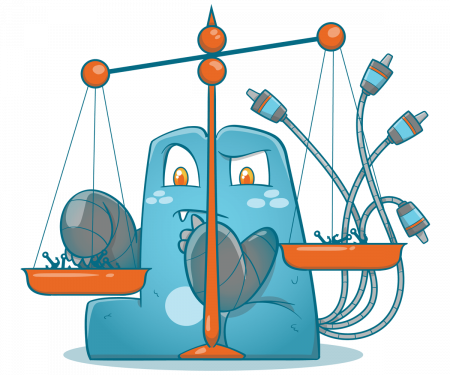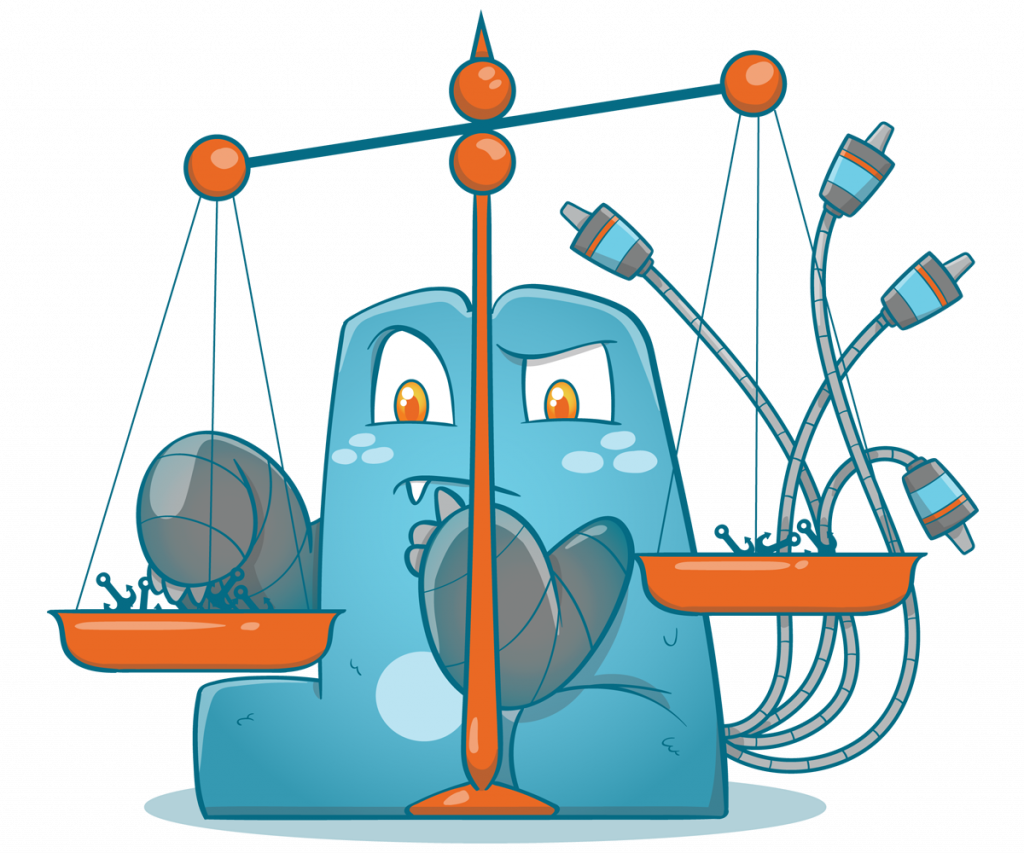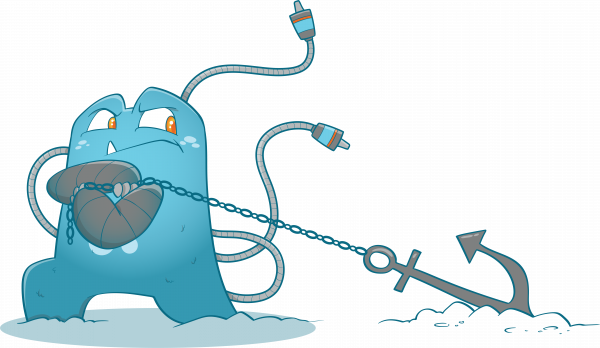Anchor Link Distribution: Here’s Why You Need to Consider it

For many years, anchor link distribution has been a ranking factor in Google’s algorithm. But how much does it matter going forward? This blog post will talk about the history of anchor text distribution and its current relevance in 2022.
Anchor Texts: A Quick Overview
Anchor texts are words or phrases that you use when linking to another website in your content.
For example, if I were writing about WordPress distribution and wanted to link to an article on Anchor Text Distribution, my anchor text would be “anchor text distribution” (and the title of a particular post).
You can also include images in links that display an image URL as the default value for the ‘title’ attribute. That means our anchor will look like this: (insert sample anchor here)
Types of Anchor Texts
- Exact Match – when the anchor text is the same as the page or post title.
- Partial Match – when a word in an article’s main keyword shows up in the anchor texts.
- Branded Anchor – when the brand name appears as a link (usually with .ca), and it points to the website’s homepage you are linking from.
- Generic Anchor Texts – Generic anchors are the ones like “click here,” “read more,” etc.
- Naked URLs – From the name itself, these types of links are the exact URL of the domain you’re linking.
- Random – when you don’t have a specific keyword to target, and you want to use a mix of types for diversity.
You can have multiple links; just make sure that there are not too many on one page. This type of usage should increase over time since search engines value relevancy more than anything else these days.

The History of Link Building with Anchor Texts
Backlinks have always been important factors in search engine rankings, but Google has changed its algorithm over time regarding how it calculates backlink influence. Here is a list of relevant changes regarding link building:
2001: PageRank was released as part of Google Toolbar. This toolbar showed the importance (or “PageRank”) of a website by using a scale from 0-100, with 100 being the most important.
2003: The first Google algorithm update, codenamed Florida, targeted link spamming and keyword stuffing.
2004: The next update, dubbed Brandy, focused on anchor text overuse. Websites with too many links with the same anchors were penalized in search engine rankings.
2007: The Penguin Update targeted black hat SEO tactics like link buying and excessive use of exact match anchors.
2011: The Panda Update affected website quality and significantly changed how websites were ranked in search engine results.
2012: The Pirate Update targeted link spamming and other black hat SEO tactics. Anchor text distribution was not affected by this update, but it generally affected website rankings due to its focus on content quality.
2018: Google’s most recent algorithm update, codenamed “Penguin,” focuses heavily on the perceived intent behind a backlink rather than linking keywords or anchor texts themselves.
What does all that mean? When you’re building links to your pages today, what matters is how relevant they are for search engines and visitors who land on them via organic results or paid ads. For example, if someone lands on my page about WordPress Distribution because I linked out to “WordPress” in the anchor text, that’s great.
But if they click on my link because I included the keyword “SEO” in the anchor text, and my page is about SEO services, then I’m not providing them with what they’re looking for.
Anchor Text and SEO
For your website to have a good SEO score, you need to consider tons of factors. Among the most important ones are anchor texts. It is vital for you to pay some attention to anchor texts since they can affect your website ranking.
If you are not familiar with this term, it simply means the words that lead people to a specific web page from other pages on the internet. In order for anchor texts to be good and beneficial for SEO purposes, they should preferably include keywords related to those found in your content and be descriptive enough so that readers would understand what is expected of them if they click on it.
The idea of having excellent anchor text is nothing new since even back in 2011, there were talks about how important it was. At present, things haven’t changed much when we talk about its significance, so many experts advise us to make sure our links use relevant anchors every time somebody clicks on them. What does all this mean for your website?
Well, it means that if you want to get the best results possible in 2022 and beyond, then you should pay attention to anchor texts.
Anchor Text Optimization
For anchor texts to be effective, you must ensure that they are correctly optimized. There are specific rules that need to be followed when it comes to optimization.
Relevance
Anchor texts must show relevance to the page they are linking to. This means that including keywords in your anchors is still a great way to improve your website ranking, provided that those keywords are also included in the content of the page you’re linking to.
Search engines have grown more intelligent to easily spot irrelevant links and penalize websites for them. For this reason, it is vital to pay attention not only to the anchor texts of your incoming links but also those that you are regularly using, which leads people back to your site from social media or anywhere else online.
Length of Anchor Texts
In addition to being relevant, good keywords should be short enough, so they don’t affect website rankings negatively when someone clicks on them. Google has been known to punish sites with too many characters in their anchors by reducing the worth of such pages and even removing them entirely from SERPs (search engine results page).
Apart from length, search engines like Google tend to look at other factors as well, including the number of outbound links coming from one source, spammy backlinks that are unrelated to your site, and the number of words in your anchor texts.
Quantity
Quantity isn’t as significant as it used to be, but it’s still something that shouldn’t be ignored altogether. However, try not to go overboard and make sure every anchor text sounds natural when read aloud.
Quality
The quality of your anchors is more crucial than ever before, thanks to Google’s focus on the intent behind backlinks. Make sure each and every one of your anchors provides value not only for SEO purposes but for readers as well.
Targeted and Non-Targeted Anchors
There are basically two types of anchor texts – the targeted and the non-targeted. Targeted links have a clear direction as they point people to specific pages on your website.
On the other hand, those lacking this specificity contain only keywords without any real connection to what is being linked from one page.
When you use both types in tandem, it will be easier for search engines to find out exactly where somebody would go if he clicks on your link; thus, resulting in higher rankings for that particular keyword phrase found within its anchor text.
Exact match anchors fall under targeted anchors, while the other types of anchors (phrase, brand, URL, etc.) are under non-targeted anchors.

Anchor Text Distribution
Anchor text distribution is the task of putting the right amount of targeted and non-targeted links on your website. This way, you won’t be penalized for overusing anchor texts which contain only keywords or using tons of branded anchors instead.
There isn’t a proper way of distributing anchor links on your website. You just need to… distribute them according to the needs of your website. For example, it wouldn’t be too natural if your exact match anchor links take up more than 60% of your website.
A particular type of anchor text should only be around 20%. This is a sample breakdown of a good anchor link distribution:
- Exact: 18%
- Phrase: 17%
- URL: 23%
- Brand: 22%
- Others: 20%
The Relevance of Anchor Text Distribution Today
With all of these updates over the years, it’s more important than ever to focus on relevance when building links. That means including a variety of anchors – branded terms, long-tail keywords, URL addresses – instead of using the same ones over and over again.
It also means being mindful of how your site appears to visitors who click through from search engine results pages (SERPs). If you’ve been penalized by Google in the past for using too many exact match anchors, then you’ll need to adjust your strategy and focus on relevance instead.
Conclusion
Anchor link WordPress distribution is still an essential ranking factor in Google’s algorithm, but it’s not the only one that matters. Relevance is vital, so make sure your links are coming from reputable sources and that they’re relevant to the content on your page. And most importantly, always stay up-to-date with Google’s latest algorithm updates!
Anchor texts won’t really have enough power without the hyperlinks. That is why you need to pair your anchor texts with a powerful internal linking WordPress plugin.






